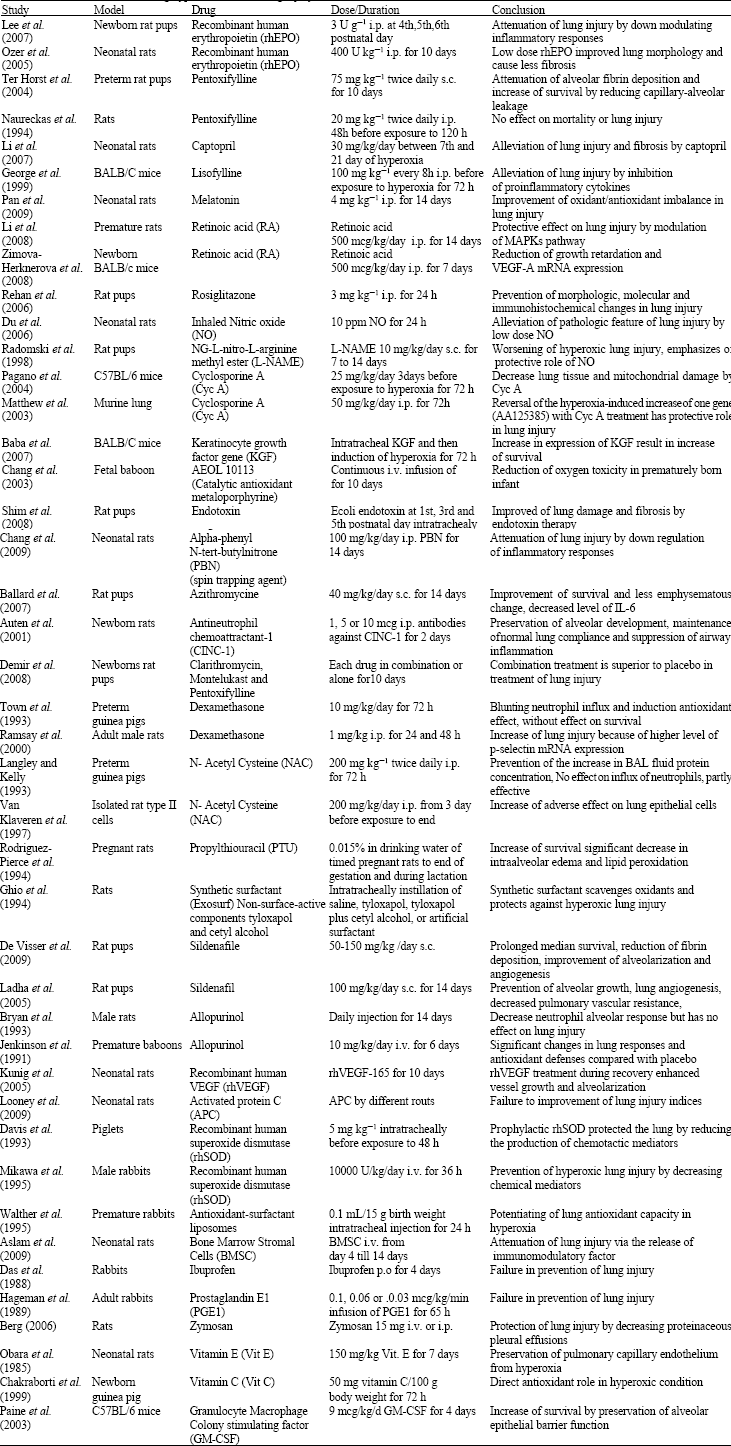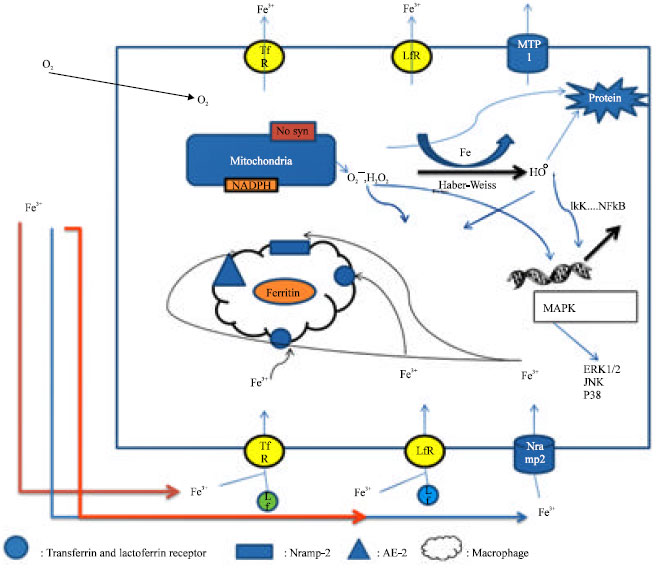Review Article
Place of Iron Chelators Like Desferrioxamine and Deferasirox in Management of Hyperoxia-induced Lung Injury; A Systematic Review
Faculty of Pharmacy and Pharmaceutical Sciences Research Center, Tehran University of Medical Sciences, Tehran 1417614411, Iran
Mojtaba Mojtahedzadeh
Faculty of Pharmacy and Pharmaceutical Sciences Research Center, Tehran University of Medical Sciences, Tehran, Iran
Mohammad Abdollahi
Faculty of Pharmacy and Pharmaceutical Sciences Research Center, Tehran University of Medical Sciences, Tehran, Iran











